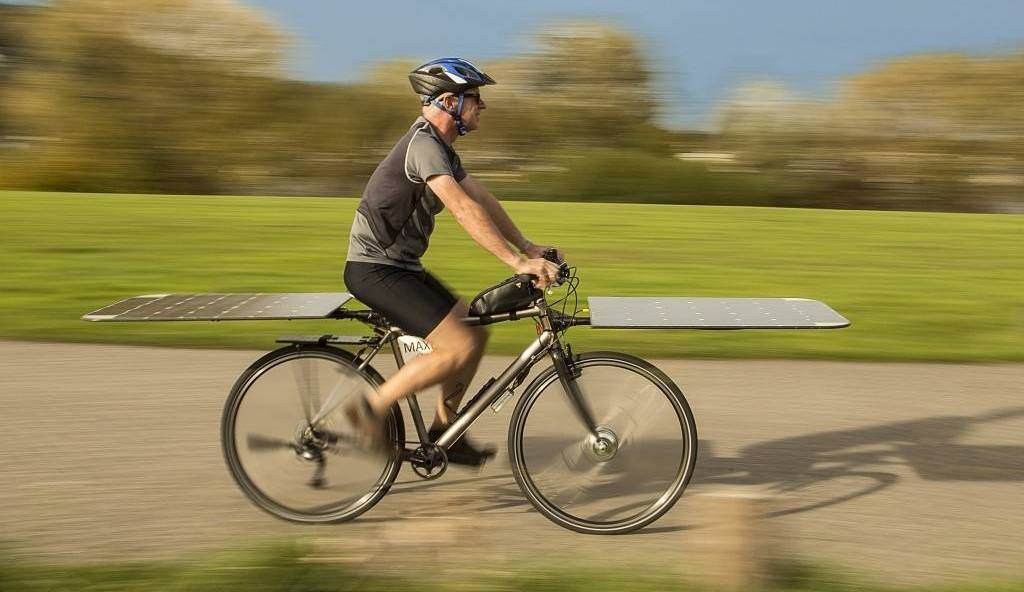To reach Japan, across 13,000 km in 100 steps, it requires a level of performance is quite remarkable.
The goal that I achieved is estimated between 130 and 160 km per day. 5:30 effort is a day to an average of more than 27/29 km / h.
With a basic bike, ATV + type trailers (all over 30 pounds) in 2006 I have held a daily average of about 100 km at an average speed close to settling the final 20km / h .
The contribution of energy supply must therefore allow me to significantly increase the efficiency of pedaling, so to increase the average speed.
Go fast, long while constantly renewing energy intake, this is the triple challenge of technology proposed by this project.
This technical challenge and I will raise it with support from the National Institute of Solar Energy (INES), which will help me conevoir this bike hybrid.
Oliver Wiss, researcher at the INES project and CTO, talks about the technical characteristics.
"The hybrid bike is built around a kit engine (Ludotechnologie) with a maximum power of about 350W and the associated engine controller.
Three batteries are used, one in use on the bike, one in charge in the trailer
The batteries will be lithium iron phosphate in 36V 10 Ah at an energy of 370 Wh per battery. Assuming a power consumption of about 4.6 Wh / km on average, three batteries used alternately expected to achieve the 160 km daily.
Recharging the batteries will be conducted using a specially designed photovoltaic module by INES to provide voltage and current compatible with batteries and use constraints. The photovoltaic module will be assembled on the basis of polycrystalline cells selected for optimum performance. An area of 0.9 square meters will provide a peak power of about 140W and earn daily energy of around 750 Wh with a correct forecast of the travel period considered. The module consists of two parts will be used entirely during periods of rest during the hottest hours of the day, which will also search for the optimal orientation, it will be used in reduced surface during taxi (fixed on the trailer ) in the morning and during the afternoon to optimize charging.
A charge controller and battery management system (BMS) will be specially considered by the INES for optimal use of solar power and charging lithium batteries correctly. "
------------------
I finally said, q'u in case of prolonged absence of sunlight, I should turn to conventional electrical outlets to recharge my batteries. And in case of simultaneous absence of sun and electrical outlets (in Mongolia and Siberia, for example), then I would satisfy me of my legs time to find a source of energy. With this in mind the overall weight of the bike should not be too important.



